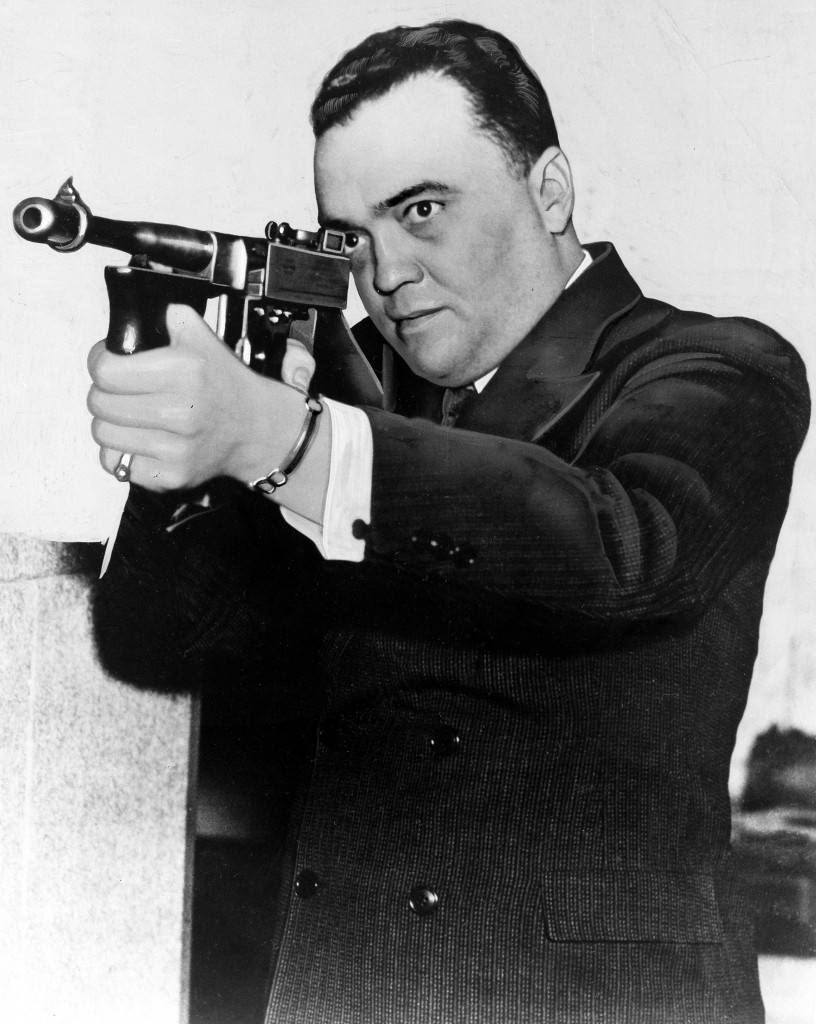
New film provides tribute to William Pepper, the King Family Lawyer, Who Cracked the King Case
Conventional wisdom holds that James Earl Ray was a deranged white supremacist who killed Martin Luther King, Jr., on April 4, 1968.
Research carried out by King family attorney William F. Pepper determined, however, that King was really killed in a conspiracy coordinated by FBI Director J. Edgar Hoover.
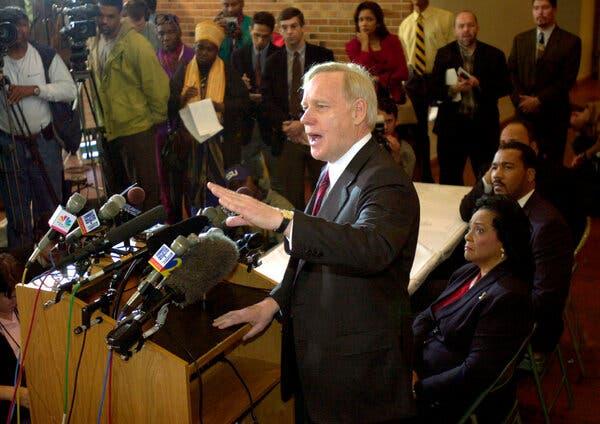
Pepper died in April. He is the focus of a new film by John Barbour, with Len Osanic, A Tribute to William Pepper, that was screened on July 30 at American University at the 12th Annual Whistleblower Summit in Washington, D.C.
Barbour is a Canadian-born comedian, actor and TV host who directed two documentary films on Jim Garrison, the New Orleans District Attorney who uncovered a conspiracy to kill John F. Kennedy that involved elements of the CIA.
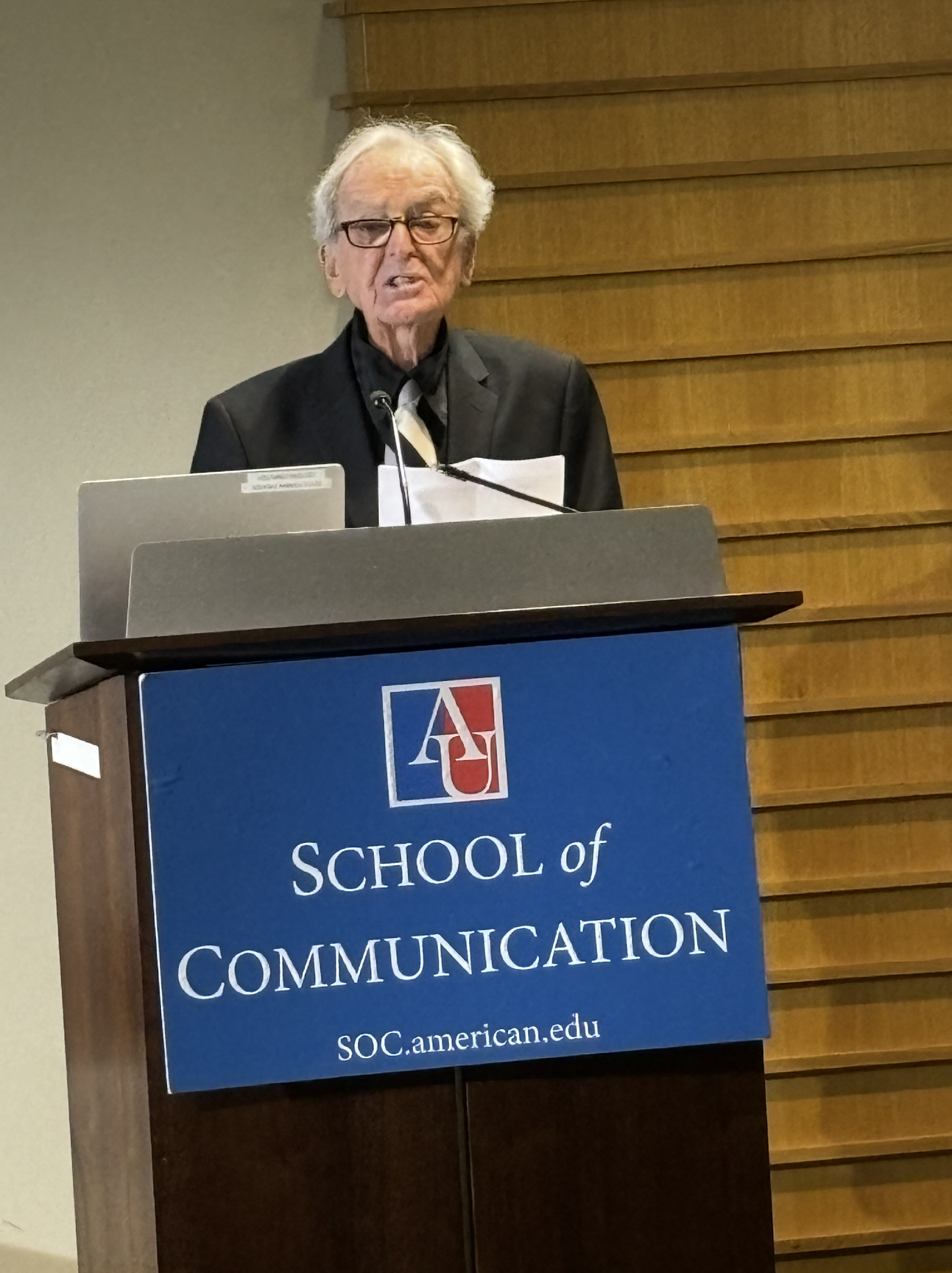
In introducing his film, Barbour said that Pepper and Garrison should be regarded, along with Abraham Lincoln, as among the greatest lawyers in U.S. history.
A Tribute to William Pepper begins by detailing the friendship that developed between Pepper and King after Pepper wrote an article in the countercultural magazine Ramparts in 1967 about the use of napalm in Vietnam called “The Children of Vietnam.”
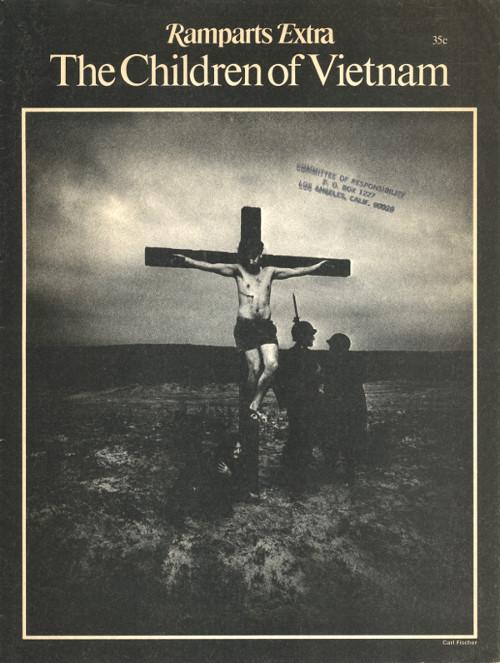
King had been vacationing in Jamaica when he read Pepper’s article. He could not hold down his lunch and openly wept because he was so disturbed by the photographs that Pepper took of children who had been burned by napalm.
Afterwards, King began speaking out eloquently against the Vietnam War.
King called the U.S. government and Pentagon the greatest terrorist organization in the world, and ran for President with anti-war activist Benjamin Spock on the ticket of the Peace and Freedom Party.
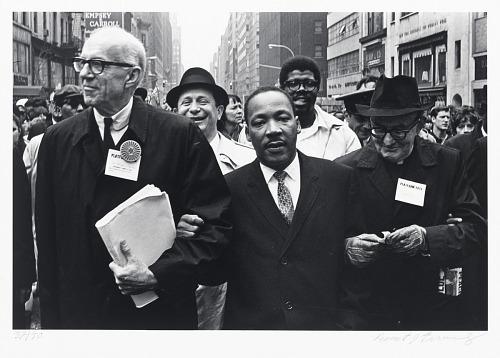
King’s strong stance against the Vietnam War made him a target for assassination. Government authorities were terrified about his plans to lead an encampment on Washington demanding an end to the Vietnam War and transformation of the U.S. economy.
According to Barbour, Pepper initially believed that Ray was behind King’s assassination, though he changed his view after interviewing Ray in Brushy Mountain State Penitentiary in Tennessee in 1977 for five hours with attorney Mark Lane and King confidante Ralph Abernathy.
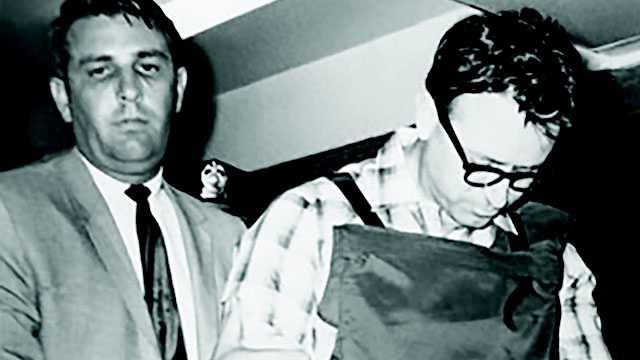
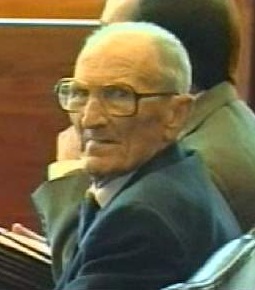
After the interview, Pepper began working to try to get Ray a new trial and arranged for a mock re-trial in 1999 where the mock jury found Ray not guilty after seven hours of deliberation.
Pepper’s first major breakthrough occurred in the early 1990s when he got Betty Spates, a waitress at Jim’s Grill located behind the Lorraine Motel, to admit that the owner of the grill, Loyd Jowers, had participated in King’s killing.
Spates said that Jowers snuck out of the grill on April 4, 1968, around the time of King’s death, and came back muddied and looking “white as a ghost” and broke down the rifle that was used in King’s assassination.
Jowers allegedly had a gambling debt to Frank Liberto, a henchman of New Orleans mafia boss Carlos Marcello, and was allegedly paid $100,000 for helping to kill King (along with having his gambling debt wiped out).
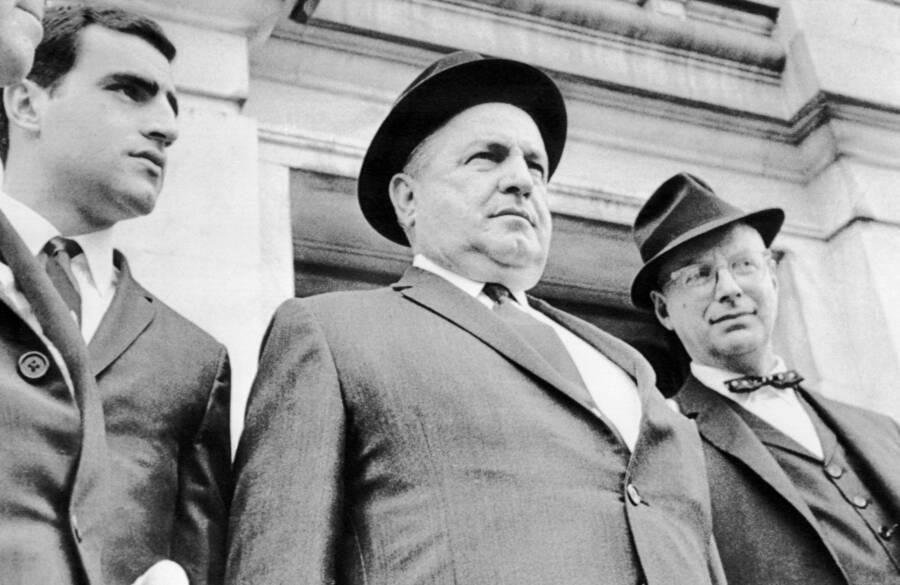
After publishing two books—Orders to Kill (1995) and An Act of State (2003)—Pepper achieved another breakthrough when he established contact with Russell Adkins III.
He was the son of Russell Adkins, Jr., of the Dixie mafia, who helped plan King’s assassination with Clyde Tolson, Hoover’s top deputy and lover, whom Adkins III called “Uncle Clyde.”
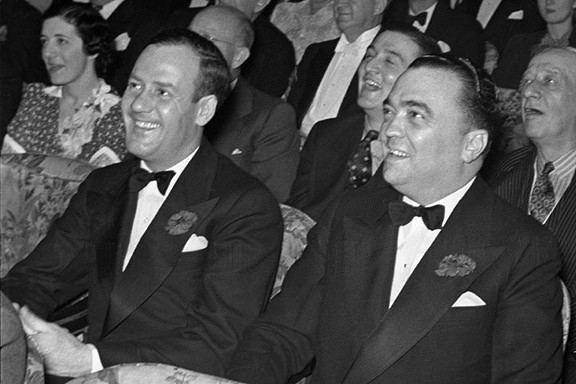
A teenager at the time who had sat in on his first lynching at age 6, Adkins III witnessed Tolson carrying bags of cash for Hoover and said that he used to sit in on meetings between his father, Tolson and other members of the Dixie mafia, where he was privy to intricate details about the King assassination plot.

Those details included:
- Tolson paying the warden of the Jefferson City, Missouri, prison to facilitate the escape of James Earl Ray, who was identified as a patsy after having been psychologically profiled. Ray was put in a position of dependance on handlers who helped him escape and told him exactly where to go and what to do as they set him up as a fall guy.
- King was lured to Memphis after the murder of two Memphis city sanitation workers, who were killed to create a pretext for a strike.
- An informant within King’s inner circle (Jesse Jackson) made sure that King was put in a hotel room next to the balcony where he could be shot. [1]
- Memphis Police Chief Frank Holloman, who had served under Hoover with the FBI, was a key figure in plotting the murder and ensuring that it went off.

Additionally, Pepper found out that there was a military intelligence team surveilling King in Memphis, headed by Colonel Robert Downey, which took photographs of the crime scene and was ready to assassinate King if the Memphis police team did not pull it off.
Pepper identified the sniper who killed King from bushes behind Jim’s Grill as Memphis police officer Frank Strausser. An employee of a Memphis firing range, Lenny Purvis, told Pepper that he saw Strausser training to kill King and leave the firing range before the assassination.
When Pepper arranged to have lunch with Strausser, he got Strausser to admit that he wore a size 13 shoe, which matched the shoe size of a muddied footprint that was left in the grassy area from where King was shot.

King was actually still alive after he was admitted to St. Joseph’s Hospital.
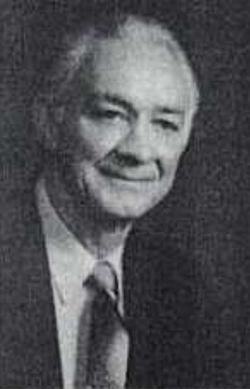
Jonathan Shelby, the son of a nurse on duty at the hospital, told Pepper in July 2014 that his mother, Lula Mae, reported years later that Dr. George “Breen” Bland, ordered all hospital staff out of the emergency room and suffocated Dr. King with a pillow. Dr. Bland and two other men spit on King as they killed him—something Lula Mae said she witnessed as she was leaving the room and peered through the door on her way out.
While a skeptic might legitimately consider Shelby’s testimony to be circumstantial, there is another corroborating witness.
Under oath, Ron Adkins stated that he had been with his father, and after he died, his older brother Russell Adkins Jr., when his father and brother discussed the plan with Dr. Bland and Frank Holloman regarding the need to take King to St. Joseph’s Hospital if he had not been killed.
Ron recalled that Dr. Bland was prepared to give King a certain lethal injection if it became necessary.[2]

Smear Attacks and Cover-up
Pepper reported on his breakthrough findings in his 2016 book The Plot to Kill King: The Truth Behind the Assassination of Martin Luther King Jr., which received little publicity because the King case has always been politically controlled.
During Loyd Jowers’ civil trial, reporters from the major networks and newspapers left the room when the key witnesses testified. Pepper told Barbour that an Associated Press reporter who stayed and filmed the testimony was fired.
Pepper himself was repeatedly maligned. According to Barbour, Mike Wallace of CBS’s Sixty Minutes called him a “national traitor.”
When Look magazine editor Bill Atwood wanted to run Pepper’s Ramparts piece on Vietnam, he received a visit from Averell Harriman, President Johnson’s envoy,[3] who told him “never to publish anything that Bill Pepper wrote.”[4]
The blacklisting and media smears directed against Pepper continued until his death.
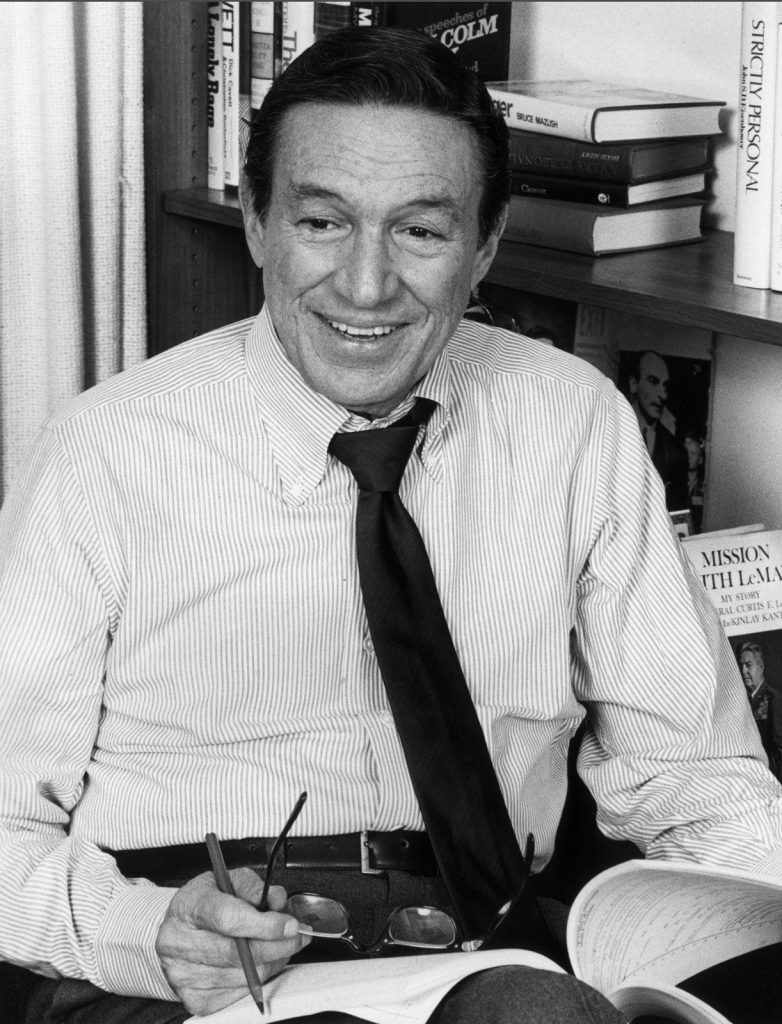

Clay Risen wrote in his New York Times obituary that Pepper’s “arguments rarely stood up under scrutiny” and that Pepper was “a frequent presence at conspiracy-theory conventions and a fellow traveler among 9/11 truthers.” [5]
These latter comments fit well with the establishment’s efforts to discredit Pepper and preserve the myth of Ray as the lone assassin.


But disinformation and lies can only prevail for so long, as people want to know the truth about what happened to a national icon and future generations will respect the man whose dogged pursuit of the truth led us towards it.
The best way that people can honor Pepper’s legacy is by promoting his findings publicly at Martin Luther King Day commemorations and by forming citizen’s movements to demand that the federal government reopen the inquiry into King’s assassination—along with that of other martyred leaders of the 1960s.
In this way, the full truth can be exposed and the nation can slowly begin to come to terms with its sordid past.

-
Jackson allegedly arranged for MLK to be transferred from a secure second-floor room at the Lorraine Motel to an unsecured third-room near the balcony. Allegedly, Jackson told Dr. King to put a tie on before going out to the balcony saying, “They don’t know one [N-word] from another.” ↑
-
See William F. Pepper, The Plot to Kill King: The Truth Behind the Assassination of Martin Luther King Jr. (New York: Skyhorse Publishing, 2016), 261, 274; Phillip F. Nelson, Who REALLY Killed Martin Luther King Jr.? The Case Against Lyndon B. Johnson and J. Edgar Hoover, with new foreword by Edgar F. Tatro (New York: Skyhorse Publishing, 2018), 197, 198. ↑
- The son of a robber baron from the Gilded Age, who founded Brown, Brothers Harriman Investment Bank, Harriman served in top posts in the U.S. State Department under Presidents Truman, Kennedy and Johnson and is considered a “father of the Cold War.” He served as Joe Biden’s political mentor when Biden was a U.S. Senator in the 1970s.
-
Pepper told Barbour that Atwood suffered from a heart attack after he had met with Jim Garrison and became convinced of the CIA’s role in the JFK assassination. Barbour referred to Harriman as a “hit squad for the corporate mafia.” ↑
-
Risen, who is senior op-ed editor of The New York Times, wrote that “five government investigations and a long list of historians and journalists concluded that Mr. Ray had acted alone. Among them was Hampton Sides, who detailed the hunt for Dr. King’s killer in Hellhound on His Trail: The Electrifying Account of the Largest Manhunt in American History (2010). At best, they concluded, Mr. Ray may have received some financial support from white supremacists eager to see Dr. King dead—far from the sorts of conspiracies that Mr. Pepper alleged.” Clay Risen also took aim at Pepper’s attempt to exonerate Sirhan Sirhan for the killing of Robert F. Kennedy. Risen wrote: “In 2011, [Pepper] argued for parole and a new trial for Sirhan Sirhan, who was convicted of killing Senator Robert F. Kennedy in Los Angeles in 1968, claiming that Mr. Sirhan had been framed. According to Mr. Pepper, Mr. Sirhan had been hypnotized and ‘programmed’ to fire diversionary shots, while another assassin did the actual killing. ‘Sirhan was set up to be the distracting actor,’ Mr. Pepper told CNN in 2012, ‘whilst the shooter bent down close behind Bob and fired close and upward, with four bullets hitting the senator’s body or passing through his clothing.’ Mr. Pepper’s motion was rejected, and Mr. Sirhan remains in prison.” Risen obviously has not reviewed the major scholarship or evidence in the RFK murder which confirms Pepper’s perspective. See my article on the topic in CovertAction Magazine. ↑
CovertAction Magazine is made possible by subscriptions, orders and donations from readers like you.
Blow the Whistle on U.S. Imperialism
Click the whistle and donate
When you donate to CovertAction Magazine, you are supporting investigative journalism. Your contributions go directly to supporting the development, production, editing, and dissemination of the Magazine.
CovertAction Magazine does not receive corporate or government sponsorship. Yet, we hold a steadfast commitment to providing compensation for writers, editorial and technical support. Your support helps facilitate this compensation as well as increase the caliber of this work.
Please make a donation by clicking on the donate logo above and enter the amount and your credit or debit card information.
CovertAction Institute, Inc. (CAI) is a 501(c)(3) non-profit organization and your gift is tax-deductible for federal income purposes. CAI’s tax-exempt ID number is 87-2461683.
We sincerely thank you for your support.
Disclaimer: The contents of this article are the sole responsibility of the author(s). CovertAction Institute, Inc. (CAI), including its Board of Directors (BD), Editorial Board (EB), Advisory Board (AB), staff, volunteers and its projects (including CovertAction Magazine) are not responsible for any inaccurate or incorrect statement in this article. This article also does not necessarily represent the views the BD, the EB, the AB, staff, volunteers, or any members of its projects.
Differing viewpoints: CAM publishes articles with differing viewpoints in an effort to nurture vibrant debate and thoughtful critical analysis. Feel free to comment on the articles in the comment section and/or send your letters to the Editors, which we will publish in the Letters column.
Copyrighted Material: This web site may contain copyrighted material the use of which has not always been specifically authorized by the copyright owner. As a not-for-profit charitable organization incorporated in the State of New York, we are making such material available in an effort to advance the understanding of humanity’s problems and hopefully to help find solutions for those problems. We believe this constitutes a ‘fair use’ of any such copyrighted material as provided for in section 107 of the US Copyright Law. You can read more about ‘fair use’ and US Copyright Law at the Legal Information Institute of Cornell Law School.
Republishing: CovertAction Magazine (CAM) grants permission to cross-post CAM articles on not-for-profit community internet sites as long as the source is acknowledged together with a hyperlink to the original CovertAction Magazine article. Also, kindly let us know at info@CovertActionMagazine.com. For publication of CAM articles in print or other forms including commercial internet sites, contact: info@CovertActionMagazine.com.
By using this site, you agree to these terms above.
About the Author

Jeremy Kuzmarov holds a Ph.D. in American history from Brandeis University and has taught at numerous colleges across the United States. He is regularly sought out as an expert on U.S. history and politics for radio and TV programs and co-hosts a radio show on New York Public Radio and on Progressive Radio News Network called “Uncontrolled Opposition.”
He is Managing Editor of CovertAction Magazine and is the author of six books on U.S. foreign policy, including Obama’s Unending Wars (Clarity Press, 2019), The Russians Are Coming, Again, with John Marciano (Monthly Review Press, 2018), Warmonger. How Clinton’s Malign Foreign Policy Launched the U.S. Trajectory From Bush II to Biden (Clarity Press, 2023); and with Dan Kovalik, Syria: Anatomy of Regime Change (Baraka Books, 2025).
Besides these books, Kuzmarov has published hundreds of articles and contributed to numerous edited volumes, including one in the prestigious Oxford History of Counterinsurgency .
He can be reached at jkuzmarov2@gmail.com and found on substack here.


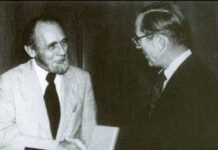
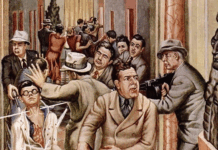

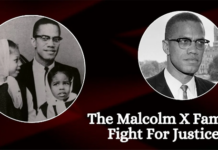


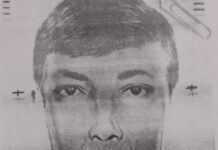
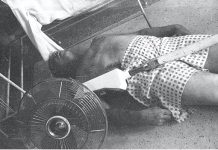
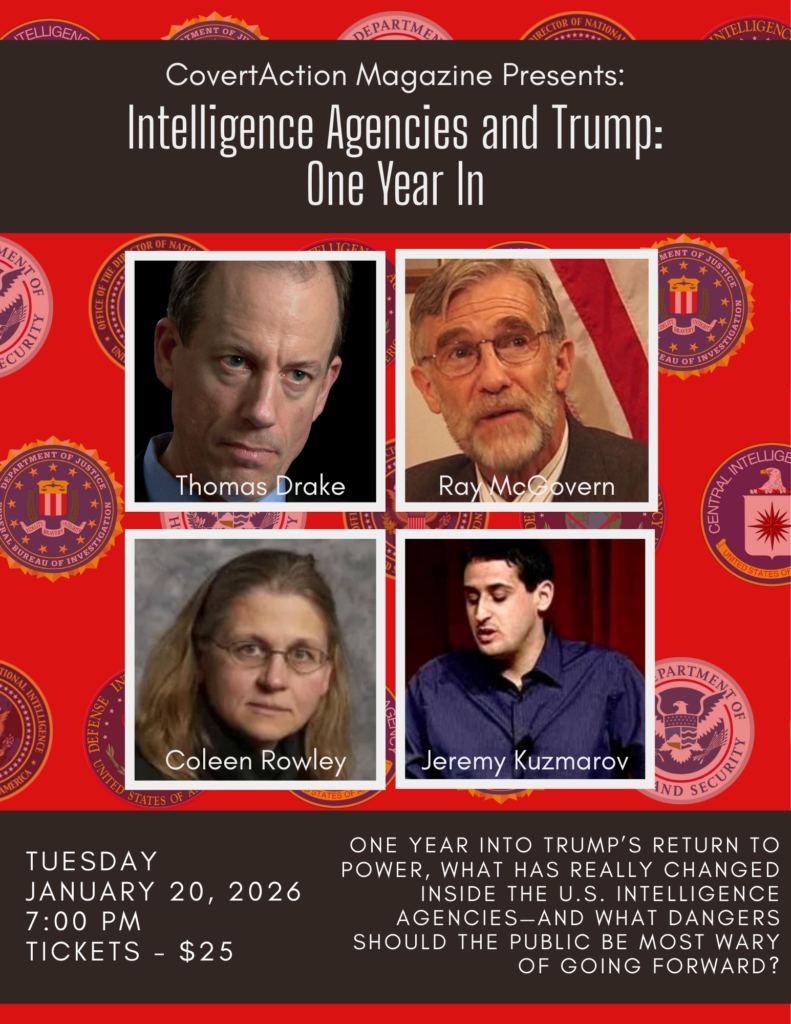
I was sad to learn, only very recently, that Pepper had died.
The story goes that MLK was promptly whisked off to St Joseph’s Hospital where he was finished off with a pillow on the face.
This does seem quite plausible because a single bullet wound is not reliably fatal (think also of Lee Harvey Oswald).
Philip F. Nelson’s book is, for me, the best book on the subject. It builds on the research by people such as William Pepper etc.
https://www.skyhorsepublishing.com/9781510750142/who-really-killed-martin-luther-king-jr/
Here are some additional detailed on this story>
https://www.ajc.com/news/national/who-was-james-earl-ray-and-did-really-kill-martin-luther-king/a8hpfgiIwl4yVPRStnkfCP/